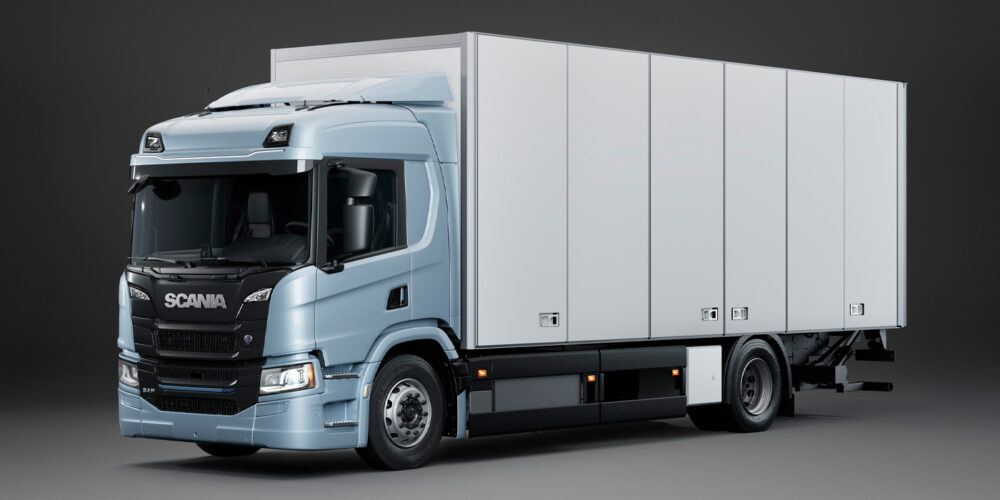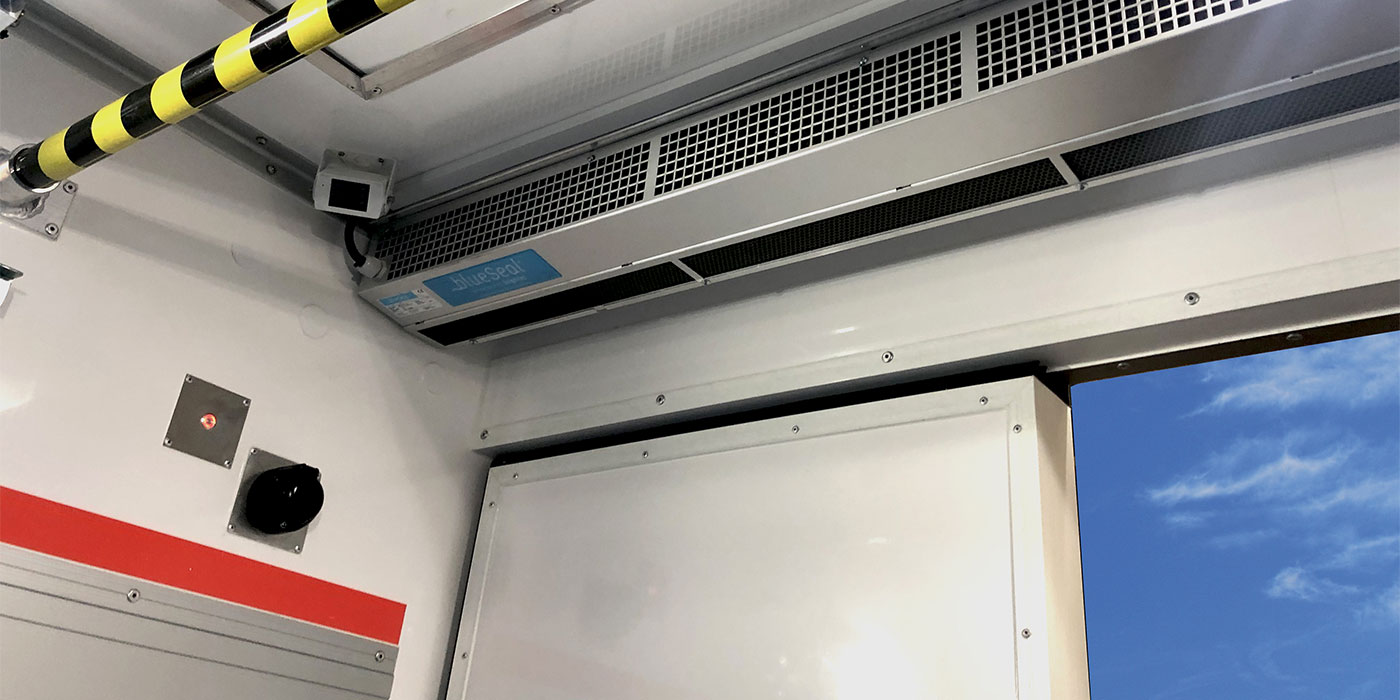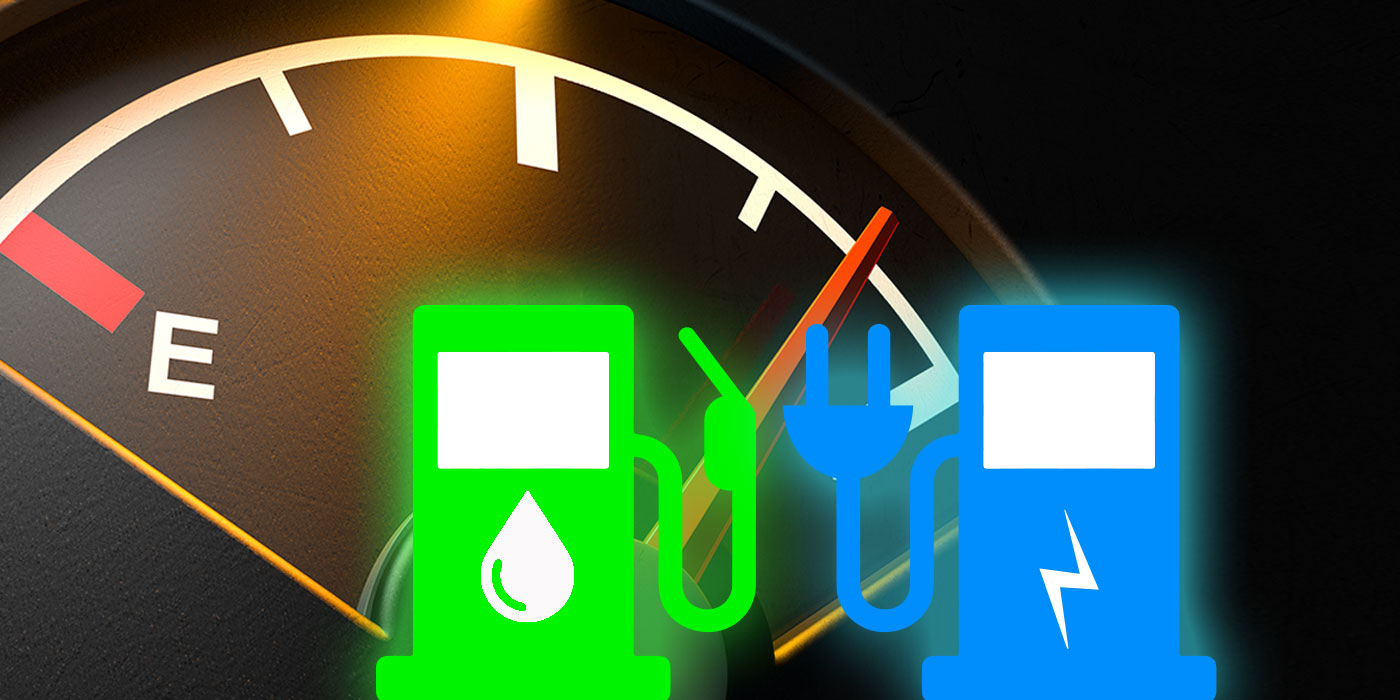Every fleet has a common goal to significantly minimize roadside service calls.
A roadside service call is very costly, especially those after-hours calls, which have been known to double in price. With the average downtime associated with a roadside call being more than 2.5 hours, a fleet can easily miss a just-in-time delivery schedule—and there are big cost penalties for being late for a promised delivery.
It is well documented that the No. 1 cause of roadside service calls is tires. No wonder, there are 18 tires on a typical line-haul service vehicle, more tires than any other vehicle component. You can have the best vehicle maintenance program on the planet, but once that truck leaves the terminal, a number of tire issues can occur that can lead to a roadside service call.
Tread area punctures are the top cause of air loss. A tire failure depends on the size of the puncturing object, in combination with the specific penetration location. If that nail penetrates through one of the tread grooves, chances are higher the nail will break through the tire casing, causing air loss. Tires do not normally have a sudden air loss when a vehicle picks up a puncturing object; they lose air slowly. It may take a few days to lose enough air pressure where the tire sidewalls begin excessive flexing, which generates additional heat build-up.
The tire footprint becomes longer as the tire pressure is reduced, meaning more rubber on the road—which also leads to increased heat. Heat is a tire’s worst nightmare. When a tire continues to generate excessive heat, the rubber actually begins to chemically break down, which will lead to a tire failure. The fact that someone just checked all 18 tires at the morning vehicle walk-around has no bearing on picking a up a nail five minutes down the road.
Sidewall damage/snags are another cause of tire failure. Right side or curb side trailer tires are especially prone to sidewall issues. Vehicles that turn frequently in city driving have the highest incidence of tire sidewall damage. Driver education can play a major role in reducing trailer tire sidewall damage. Drivers who have been on the road for many years will have fewer trailer tire sidewall damage issues than a new driver.
When a vehicle is pulled over for a roadside inspection, tires are high up on the inspector’s checklist. Inspectors are looking for tires with tread depth below the minimum 4/32-in. for steers and 2/32-in. for drives, trailers and dollies. They also are looking for exposed belts and/or fabric along with flat tires. By definition, a tire is flat when the measured air pressure is 50% or less of the maximum tire pressure molded onto the tire sidewall.
If any of these tire conditions are present, the vehicle is flagged as being “out-of-service.” A roadside service call is the only solution for getting the truck up and running again.
There is no excuse for a fleet to have an inspector flag its vehicle as being out-of-service because of a tire-related issue. These types of tire conditions should have been caught during the daily vehicle walk-around. Drivers must be trained to visually inspect tires, take tread depths and even measure tire pressure. It sounds like it is routine, but it’s not. Working with your tire professional on a tires 101 training class will go a long way to reduce roadside service calls.
Visual tire inspections should include running a hand over the tread and sidewall to look for signs of irregular wear and punctures. If a tire is getting close to the legal tread depth, a tread depth gauge measurement is strongly suggested. Make sure to check that the tread depth gauge measures 0 on a flat. Don’t take a measurement at a treadwear indicator location or on top of one of those stone ejectors located at the bottom of many grooves. If you do, you could be off 2/32-in. or 3/32-in.
Measuring tire pressure using a calibrated pressure gauge is very critical. Air carries the load, and tires with low air pressure will lead to excessive heat and premature tire removals. Tire gauges are simple devices, but will quickly lose accuracy. Even a new stick gauge is only accurate to +/-3 PSI brand new, out of the box.
A serious tire program, which includes comprehensive driver training regarding tires, will go a long way in reducing-tire related roadside service calls.













